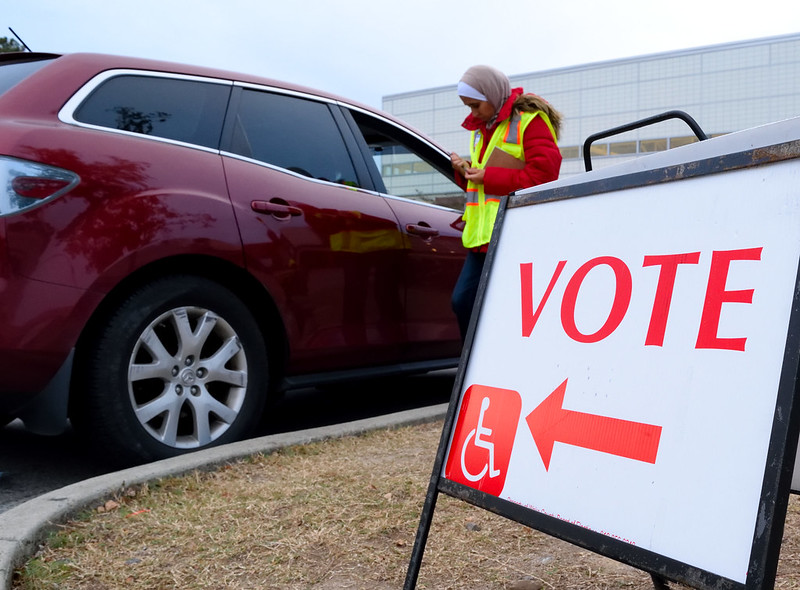
After reading David A. Graham’s Atlantic article, “What Does Nate Silver Know?” a 2020 interview with Nate Silver, the editor-in-chief and founder of poll aggregation website FiveThirtyEight, I have been fascinated with polling. How do you get from the opinions of a certain group of people to forecasting who wins an election? Do not worry, these pollsters have got polling down to a science. Well, sort of!
If you are wondering why you should even care, look at the 2016 and 2020 presidential election polls. In 2016, none of the polls predicted that Donald Trump would win. After the 2020 election, Graham says in an Atlantic article, “The Polling Crisis Is a Catastrophe for American Democracy,” that “in every swing state but Arizona, Trump outperformed the FiveThirtyEight polling average.” Unfortunately, this is a bad look for the science of polling, considering FiveThirtyEight is considered (at least by this writer) as the gold standard for polling. Their technique of aggregating a series of poll results instead of relying on a singular set of results should allow for greater accuracy and representation of the nation’s opinions, but not in this case.
So, if we really want to know everyone’s opinion, we have to start with the problems inherent in polling. First, let us look at whose opinions we are getting and how we are getting them. Publications like FiveThirtyEight and the Pew Research Center have written comprehensive analyses on the way polls can be skewed by the people responding to them. Within many polls, Democrats and politically active people are overrepresented. One reason is because these polls may not account for their respondents’ level of education. According to a Pew Research Center article, “Key Things to Know About Election Polling in the United States,” higher levels of education are beginning to become correlated with people who identify as Democrats among certain demographics.
If we look even closer at the issue of education level, we also see a problem with how the polls reach our respondents. The same Pew Center article notes that “online opt-in polls are based on convenience samples that tend to overrepresent adults who self-identify as Democrats, live alone, do not have children and have lower incomes.” So, if voting firms and news publications are using one specific method to gather their survey results, they might be missing entire populations of people. The accuracy of surveys by phone, a common method to reach respondents, could be affected due to a decrease in responses, further skewing the results.
Not only are there problems with who’s participating in surveys and the methods used to get their responses, Silver also believes that systematic polling errors are going to become more common. Systematic polling errors are problems with bias towards one side in calculating elections state by state. For example, a poll that thinks Democrats will win by a large margin in one state based on the results of a state that is similar. From what I have read in Silver’s article, “The Death of Polling is Greatly Exaggerated,” these inaccurate results come from the fact that the United States has become more and more politically polarized (divided into two differing political factions) and people are more likely to only vote for people within their party. When voting outcomes among states are linked, there are more chances to get it wrong, which means inaccurate poll results that feel useless to the public.
These polls can become more accurate through weighting and transparency about the way a poll is conducted. Even if using weighting, the process of making sure a poll’s data is balanced towards the population on highlighted characteristics, there are so many variables we must weigh and account for. Unfortunately, there is also no incentive for polling firms to be more transparent, unless they just want to contribute to bettering the field.
Overall, maybe it is best to turn away from the polls as predictors of election outcomes. As voters, we are not one single political party or ideology, which means these polls can not truly represent the full picture of who we are as political beings. These polls can reveal some people’s opinions on politics, but the general picture of what policies or candidates our thoughts are trending towards is not quite clear yet. Since we do not live in a political silo, we have to remember that other people also shape the vote and future of our country. I just wish polls could give us a better overview into other people’s heads. At the very least, we will not have a repeat of 2020’s failure in the near future. Maybe that is all we can hope for.


